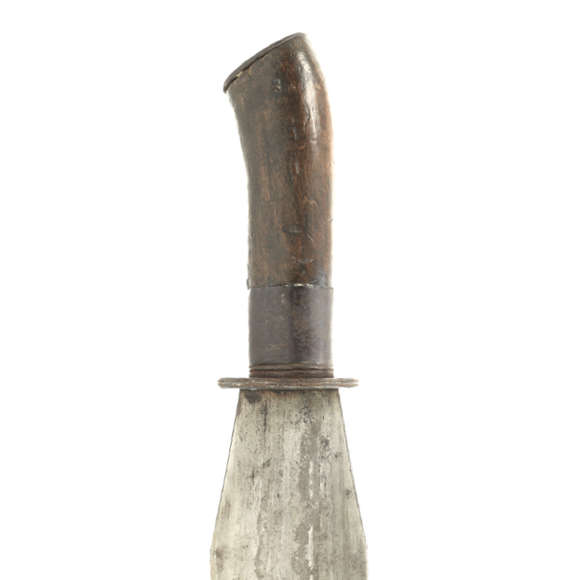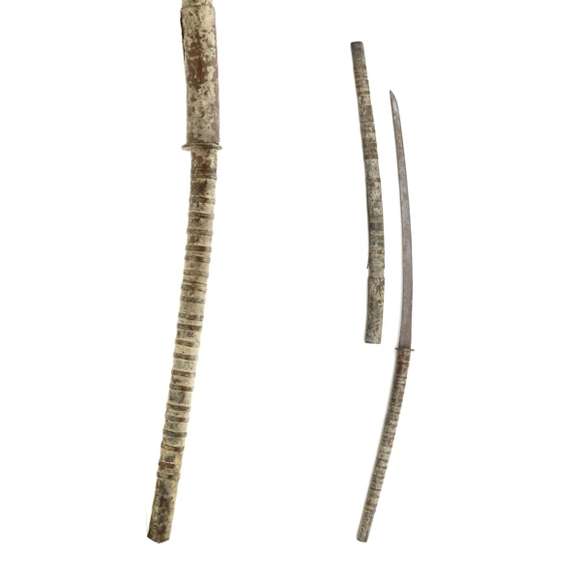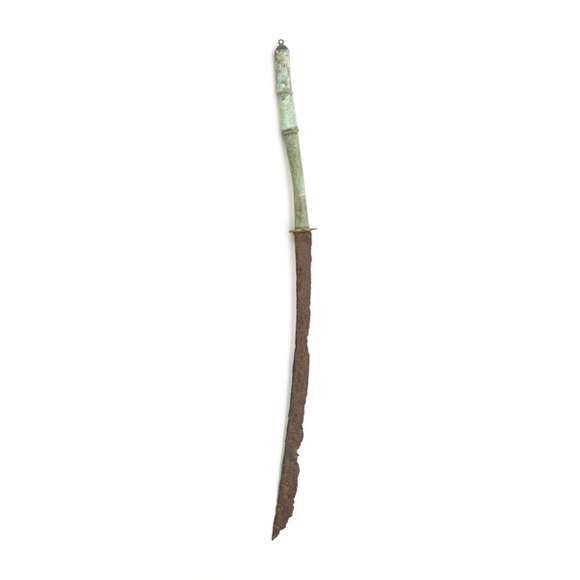Fine German hunting flintlock with captured Ottoman barrel.
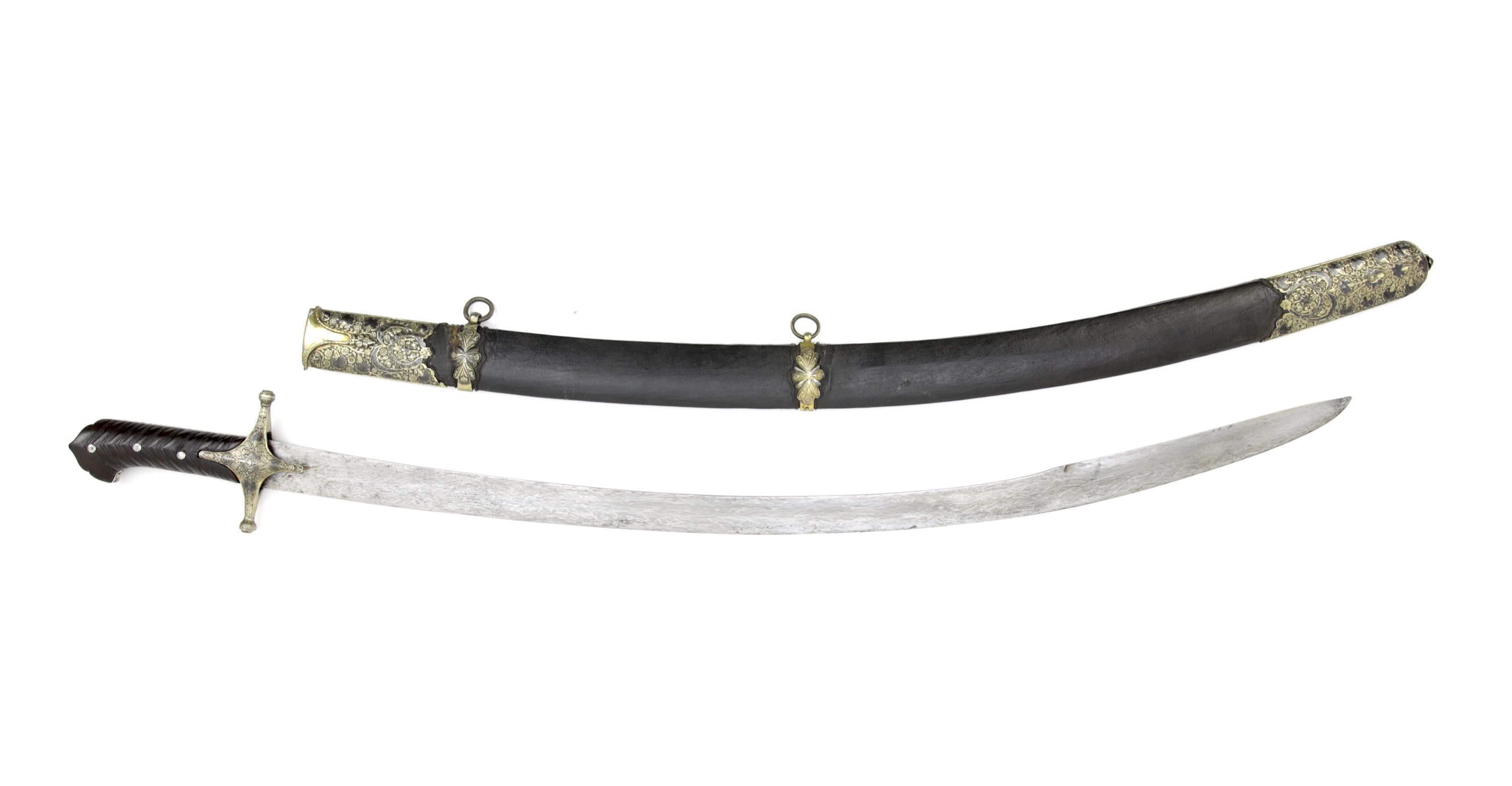
Sheathed 93 cm
Sword 90.5 cm
78 cm
Base 5 mm
Middle 4.5 mm
Start backedge 3 mm
5 cm from tip 2 mm
Base 33.5 mm
Middle 28 mm
Backedge 32 mm
5 cm from tip 22 mm
617 grams
20.5 cm
from center crossguard
Steel, wood, leather, silver, gold, nielllo
Ottoman Empire
Blade 16th century
Mountings 17th-early 18th century
Auctions Imperial of Timonium, 2008
A private collector
Description
A fine example of an early Ottoman karabela, with its defining hilt in a stylized bird shape and crossguard. Handle scales are of dark hardwood.
The blade with a deep curve, raised and sharp backedge (yelman) appears to be of 16th-century manufacture.1 Made of crucible steel referred to as shamî, a type of wootz with a larger and more elongated pattern.
The set of mounts are of a style that was common in the second half of the 17th century. It consists of a crossguard, scabbard mouthpiece, endpiece, and two suspension bands. All en-suite, executed in gilt silver with niello decoration of flowers in the Ottoman style.
The wooden scabbard is covered with black fine-grained leather of bookbinder's quality. It is all original and mostly intact. It is stitched on the dorsal side with silver wire stitching.

Condition
Minor repair on crossguard on the left side. Some damage to the leather covering near the upper suspension bar. Blade in recent polish and etch to reveal the details in the steel.
Comparable examples
Gilt silver, niello-decorated mounts like this are seen on a number of pieces from the period. Among which a saber that was presented by Mehmet IV to Michael II Apafi, Prince of Siebenburgen.2
Two sabers with gilt silver niello mounts and butterfly-shaped suspension bands are in the Turkish Chamber of the Dresden Armoury, inventory numbers Y 96 and Y 98. The former bears the tughra of Mustafa II, who ruled from 1695 to 1703.
A dagger mounted in similar style was auctioned by Czerny's in 2020 for €82.000. See the September 19 sale, lot 286.
Provenance
The piece was auctioned on March 15, 2008, by Auctions Imperial in Timonium, lot 295. It was on the cover of the catalog. It sold for $44,000, including the premium.
In a private collection since.
Markings
Both mouth and endpiece bear a stamp with a partial Ottoman tughra (Sultan's seal). Because of the way they are stamped, it is hard to ascertain which Sultan they belong to. The auctioneer at the time thought Mehmed IV who ruled from 1648 - 1687.
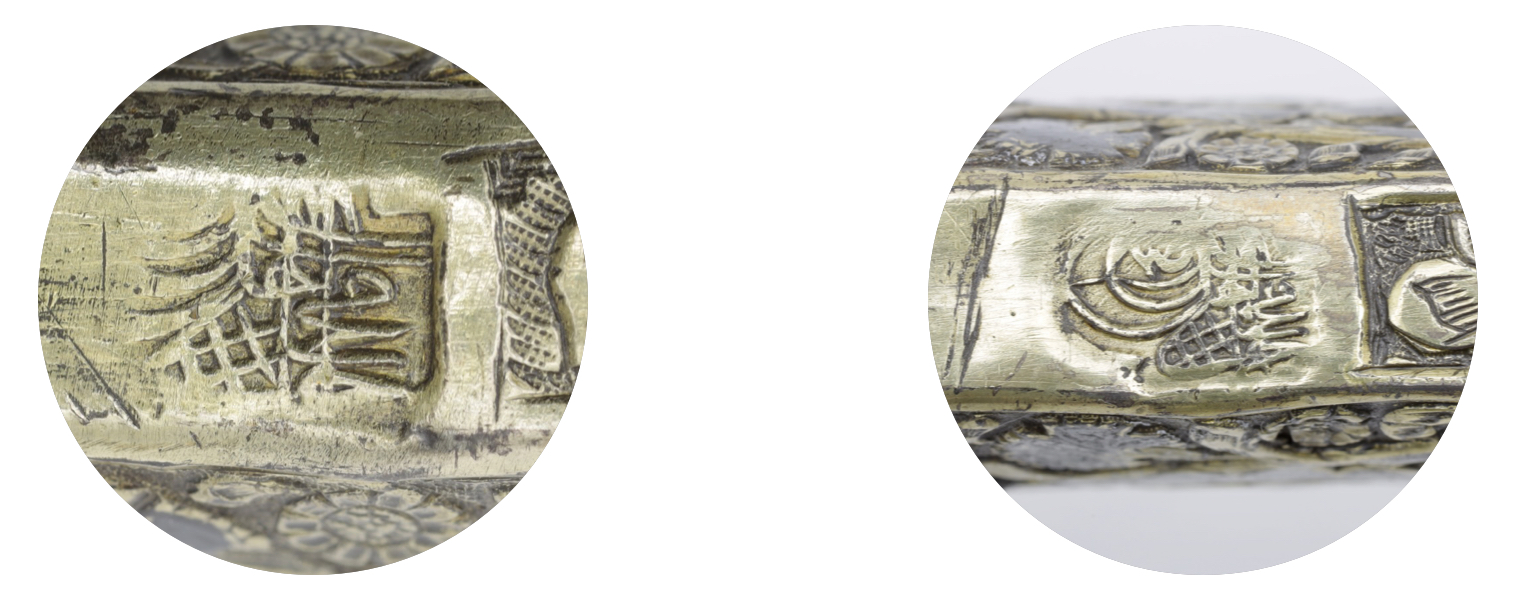
Conclusion
The majority of early Ottoman arms in European collections are from the Battle of Vienna, the first major Ottoman defeat in Europe. The Ottoman army had to flee under heavy losses, leaving much equipment behind. These items made it to various collections, mostly in Germany, and were -and sometimes still are- displayed in special Turkish Chambers in for example Dresden or the Türkenbeute in the Badisches Landesmuseum in Karlsrühe.
Considering the dating, this saber also probably came from one of the Ottoman - European clashes of the 17th to early 18th century.
Ottoman swords of this period and quality are rarely seen outside of museum collections.
Notes
1. See a very similar blade from the Topkapi museum, I/294. Exhibited in Washington in 1987 and published in Esin Atil; The Age of Sultan Suleyman the Magnificent. Washington, DC: National Gallery of Art; New York, Harry N. Abrams, Inc. 1987. Number 89. Also see a number of Mamluk blades in The Arts of the Muslim Knight by the Furusiyya Art Foundation. Skira Editore S.p.A. Milano. Catalog numbers 23, 24,25, 26, 27, 28, 29 for 16th century blades with identical profiles and backedges.
2. Kunsthistorisches Museum Vienna, accession number C 127.





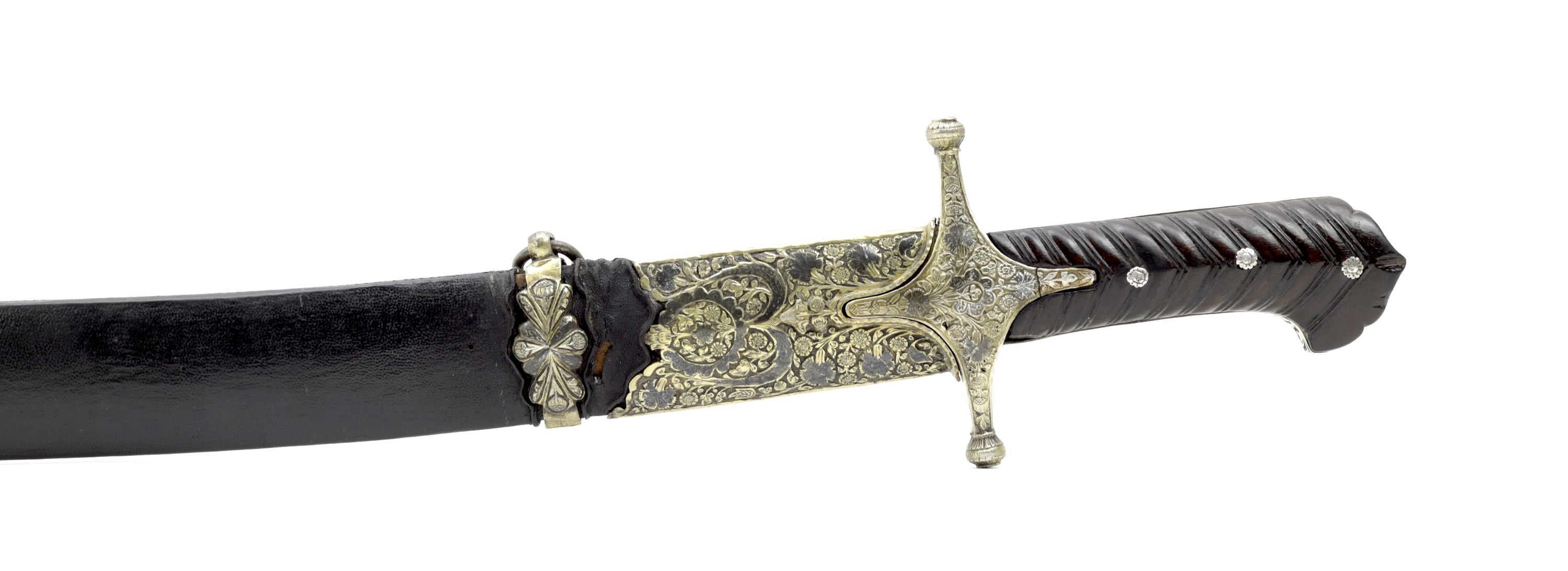

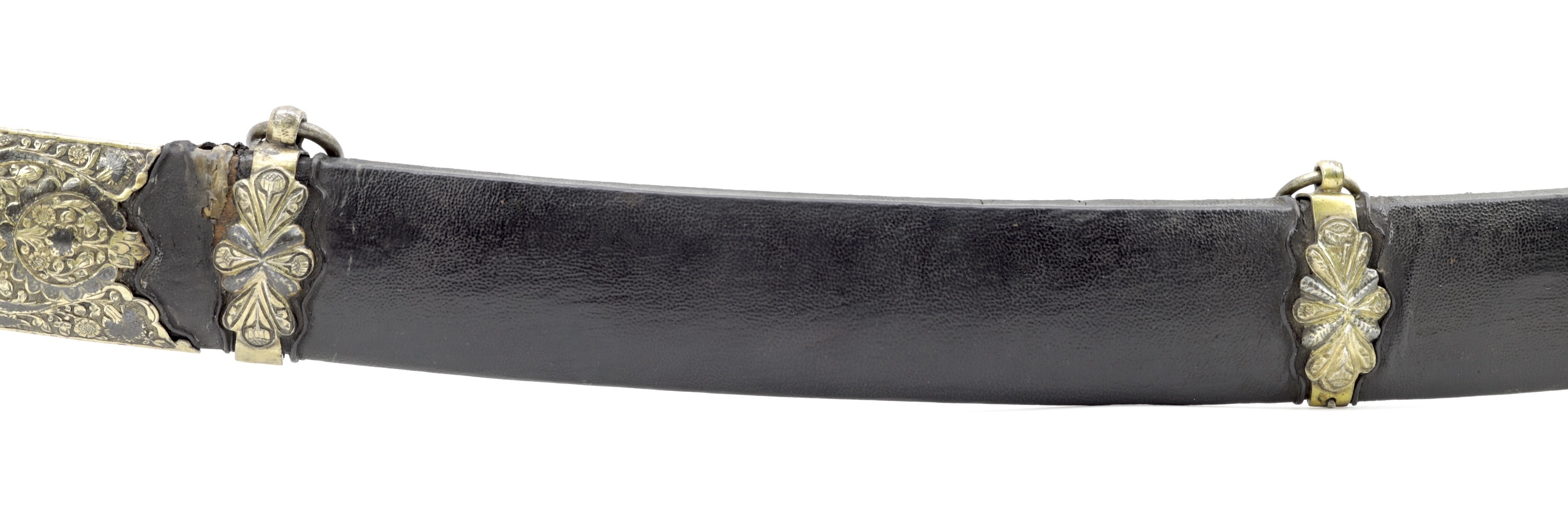
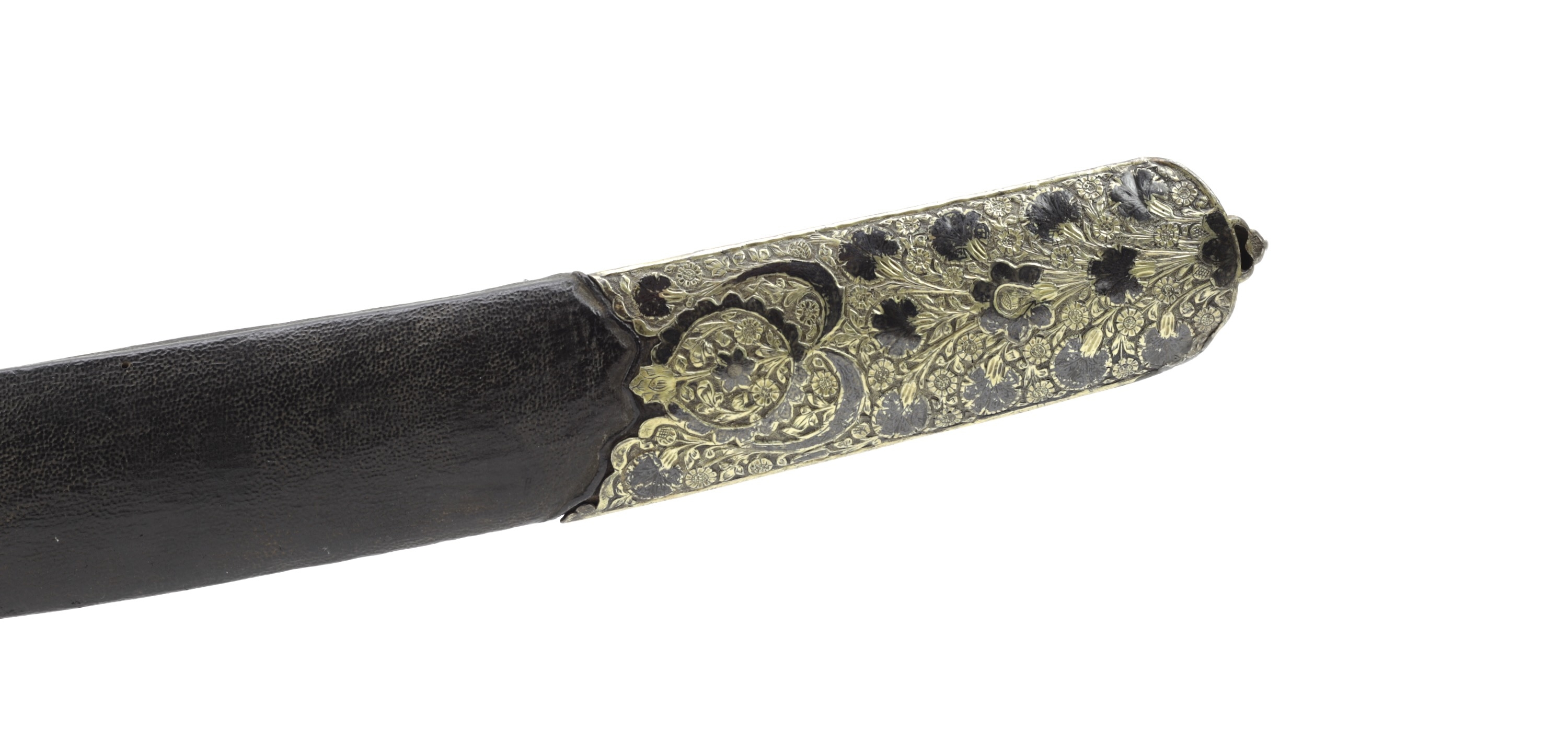




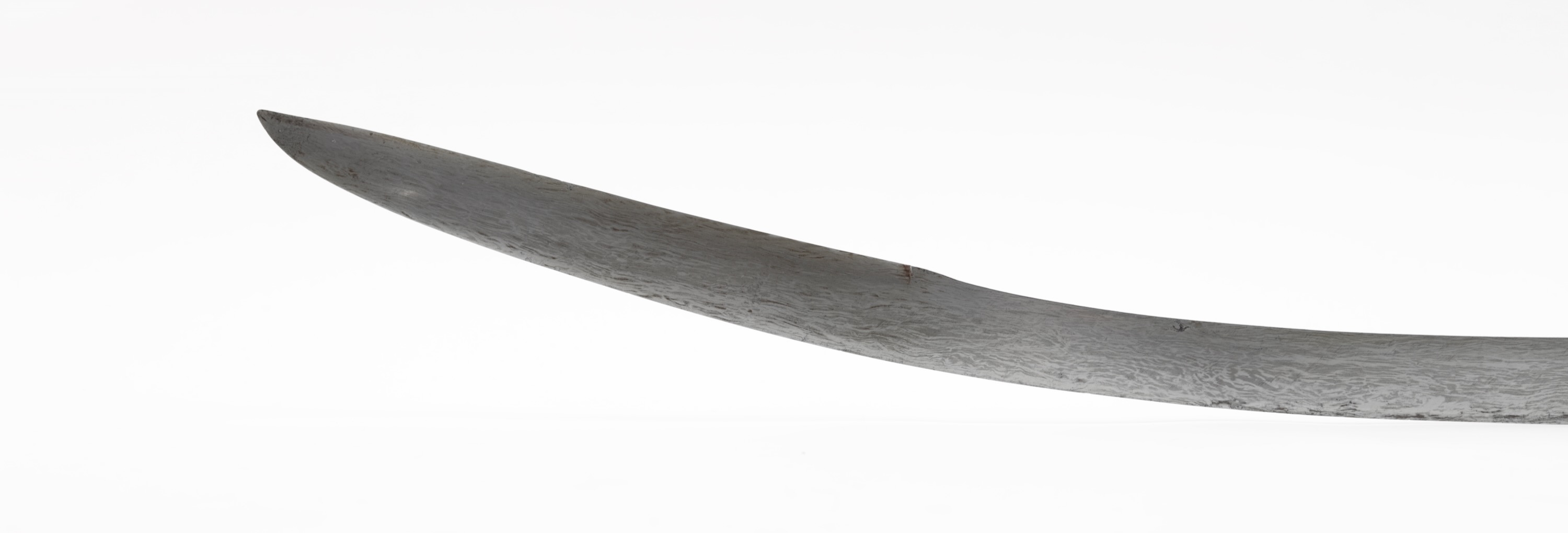
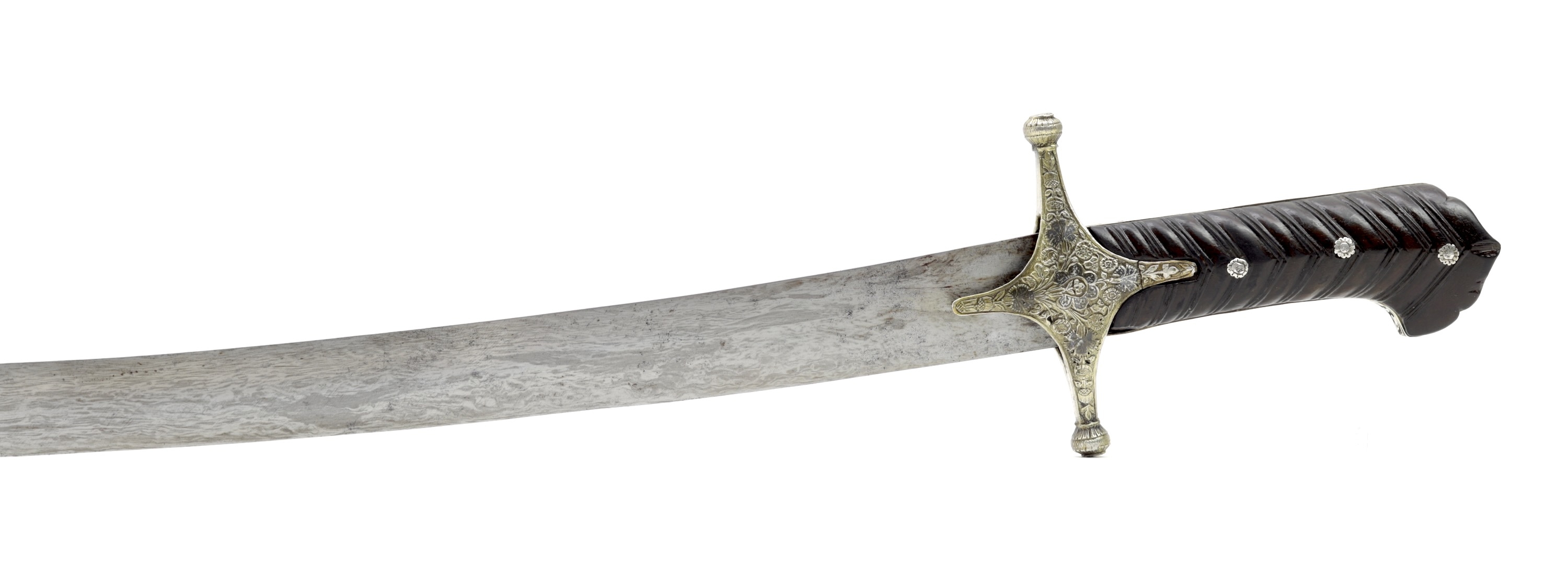

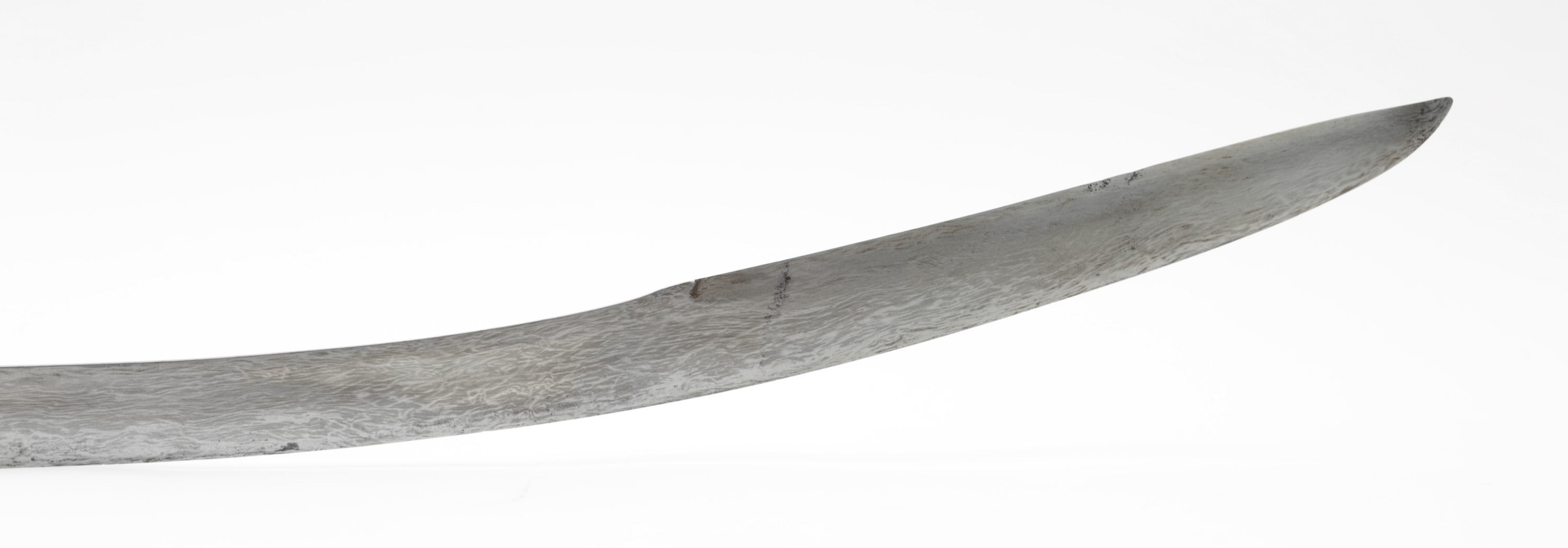

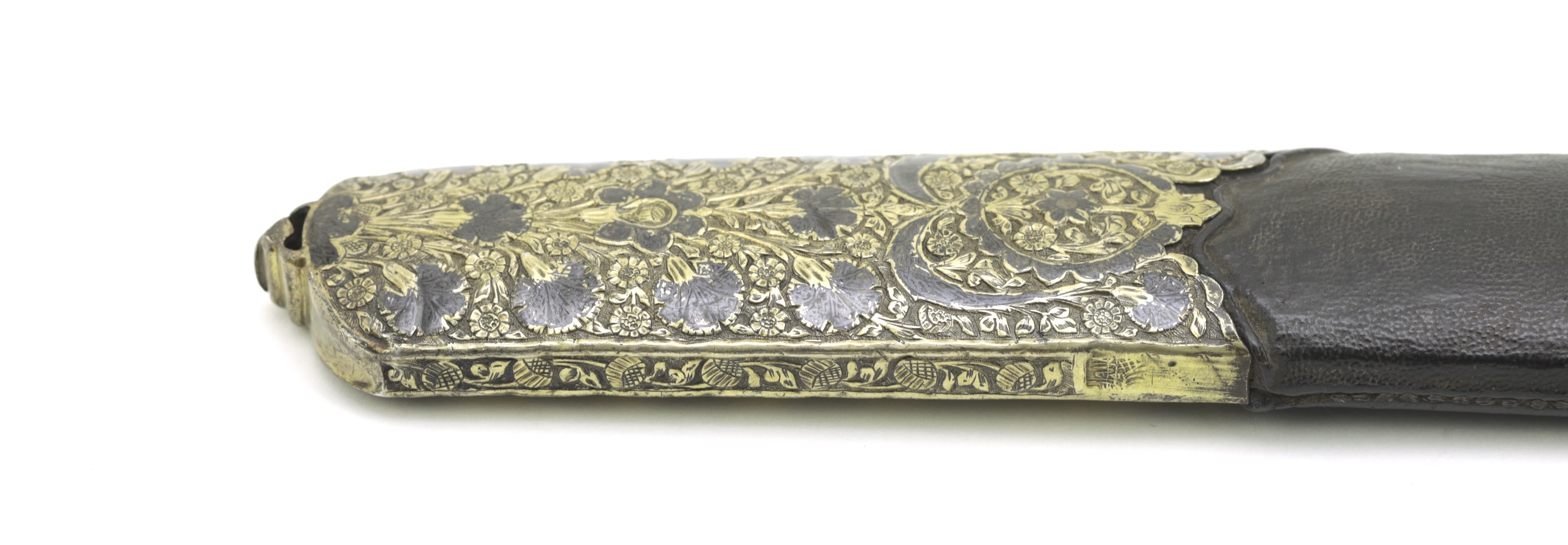




The only set of its type known to me in both private and museum collections.
Collected by a Russian prince from the hill peoples of central Vietnam in 1892.
Found in excavated condition, published with results of c-14 and XRF analysis.


